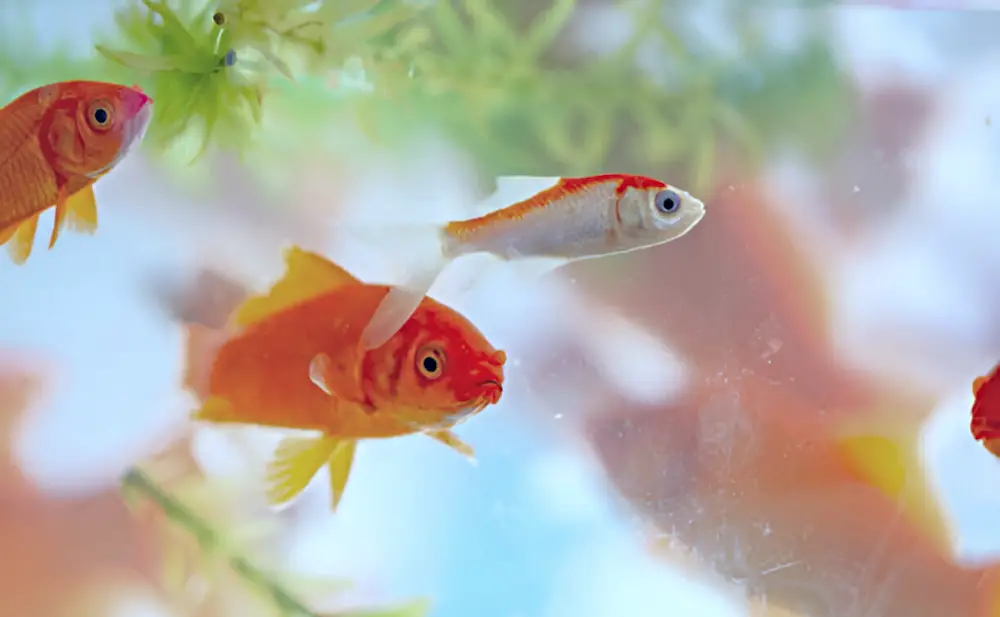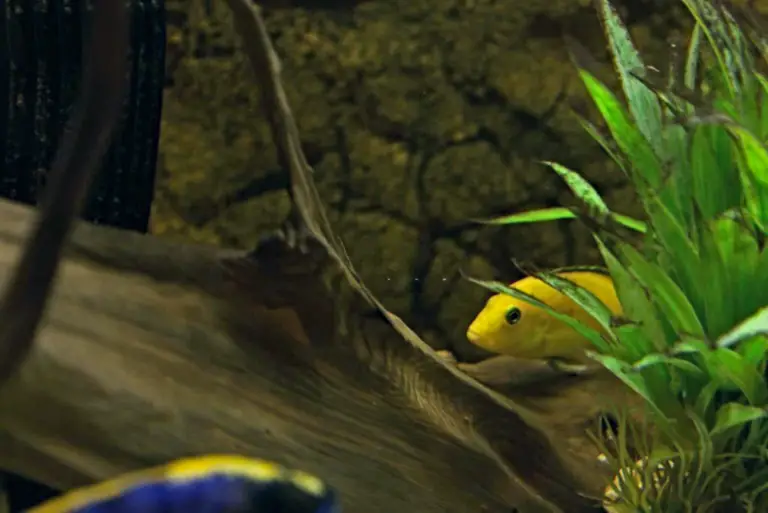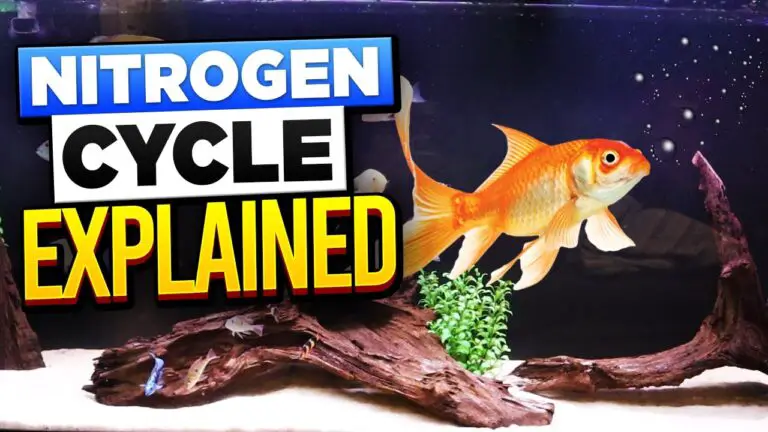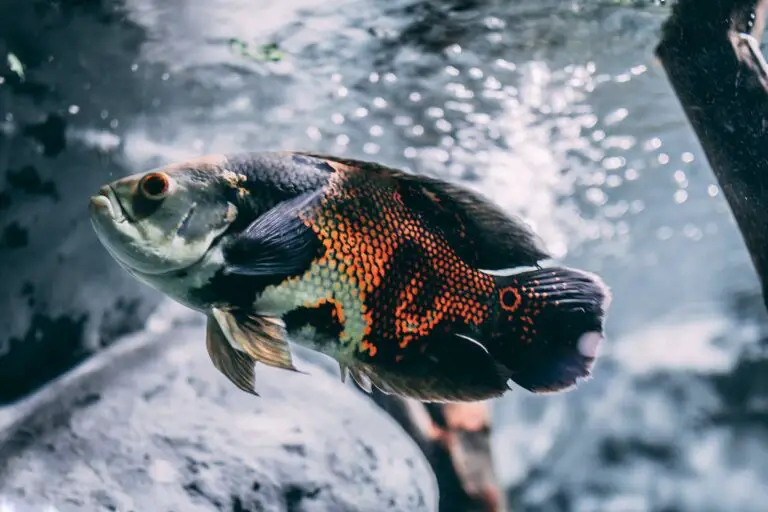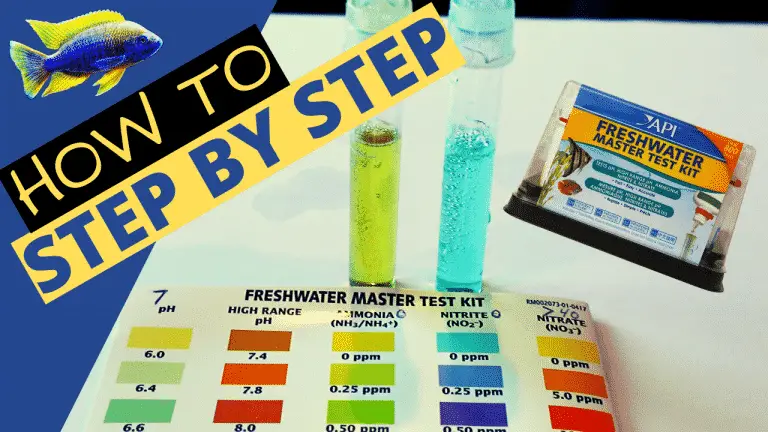What Is New Tank Syndrome?
You might have heard of old tank syndrome, but have you heard of new tank syndrome? Chances are that if you’re reading this, you want to know more about this common issue that fishkeepers experience when setting up a new aquarium.
But not to worry! We’re here to help! If you suspect your tank has new tank syndrome, then use this guide as a reference. We’ll cover all you need to know about this old (or shall we say “new”) problem.
Let’s start with the basics.
What Is New Tank Syndrome?
New tank syndrome happens in newly set-up aquariums because they typically lack beneficial bacteria. A tank needs beneficial bacteria to break down fish waste. Let’s briefly discuss this.
When you first add new fish to a new tank, their waste produces ammonia, which is toxic to fish. Over time, beneficial bacteria grow in the tank and convert ammonia into nitrite, which is also harmful, and then into nitrate, which is less harmful and can be removed with regular water changes. If this sounds familiar, then you’re on the right track. This is also known as the nitrogen cycle.
In simple terms, new tank syndrome occurs because the tank doesn’t yet have enough good bacteria to handle the fish waste, leading to dangerous levels of ammonia and nitrite that can make your fish sick or even kill them.
Symptoms of New Tank Syndrome
Here are some signs to look out for (in order of their appearance):
- Cloudy water: The water in the tank may become cloudy due to the growth of bacteria as they begin to establish themselves.
- Ammonia spike: A noticeable increase in ammonia levels, which can be detected using an aquarium test kit. Ammonia is highly toxic to fish.
- Fish behavior changes: Fish may show signs of stress, such as gasping for air at the surface, clamped fins, or lethargy.
- Nitrite spike: After the initial ammonia spike, nitrite levels will increase. Nitrite is also toxic to fish and can cause similar stress symptoms.
- Physical symptoms in fish: Fish might show red or inflamed gills, rapid gill movement, and overall signs of distress or illness.
- Nitrate increase: Eventually, nitrite levels will decrease as beneficial bacteria convert it to nitrate. While less harmful, high nitrate levels can still stress fish and should be managed with regular water changes.
Note that some fish will show signs faster than others — it all depends on their species and size. For instance, larger fish may show symptoms faster due to them having larger gills.
Causes of New Tank Syndrome
Although the main cause of this tank problem is a lack of beneficial bacteria, there are other factors that play a role.
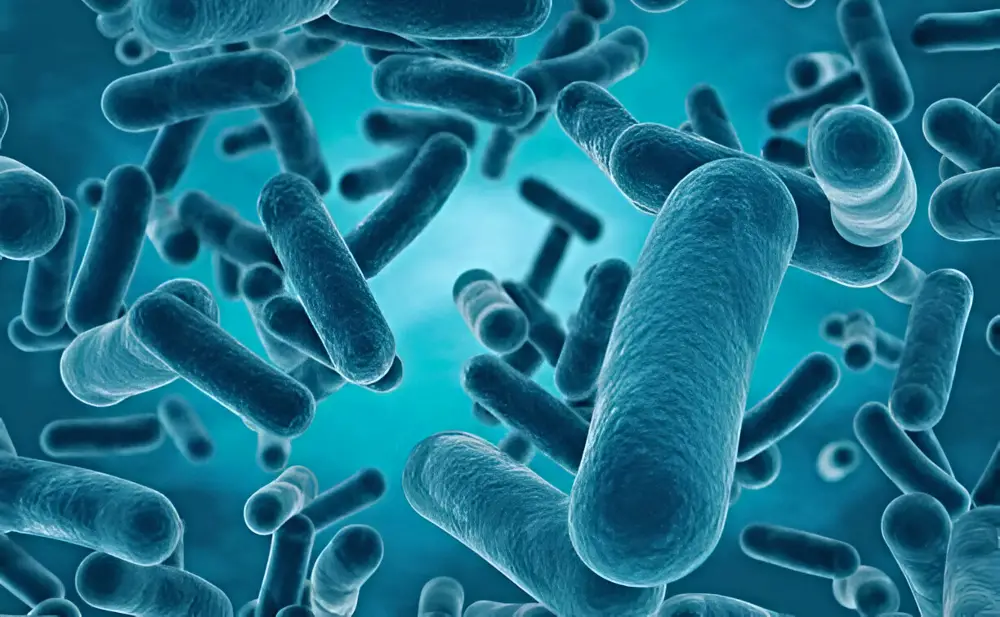
Ask yourself the following:
- Did I add fish too quickly?
- Am I overfeeding my fish?
- Is there inadequate filtration?
- Is this an uncycled tank?
If you answered yes to any of these questions, then these factors could add fuel to the (underwater) fire.
New Tank Syndrome Treatment
Two things — water changes and patience. Now that that’s first on your mind, here’s a prioritized action plan:
1. Perform Immediate Water Changes
This is the most crucial step to reduce the levels of ammonia and nitrite in the water. Start with a large water change (around 50%) to quickly dilute the toxins. Follow up with daily water changes of 20-30% until ammonia and nitrite levels are consistently at zero.
We’ve got a simple guide to perform a water change for you!
2. Add Beneficial Bacteria
Use a bacterial supplement to jump-start the nitrogen cycle. Look for products that contain live nitrifying bacteria and follow the dosage instructions. This will help establish colonies of beneficial bacteria faster.
3. Monitor Water Parameters
Test your water daily for ammonia, nitrite, and nitrate levels using an aquarium test kit. This allows you to track progress and know when it’s safe to reduce the frequency of water changes.
4. Reduce Feeding
Feed your fish sparingly to minimize the amount of waste produced. Only feed what your fish can consume in a few minutes and remove any uneaten food promptly.
Got any other questions? We might have answered them in our FAQ about feeding fish.
5. Optimize Filtration
Ensure your filter is clean and functioning properly. Consider adding additional biological filter media to increase the surface area available for beneficial bacteria to grow. This helps improve water quality over time.
6. Aerate the Tank
Increase oxygenation in the water by adjusting your filter output or adding an air stone. Adequate oxygen levels support the health of beneficial bacteria and help reduce stress on your fish.
7. Use Ammonia Detoxifiers (if needed)
If ammonia levels remain high despite water changes, consider using a water conditioner or ammonia detoxifier that converts ammonia into a less toxic form temporarily. This provides some relief to your fish while the tank continues to cycle.
8. Reduce Fish Load (if possible)
If the ammonia and nitrite levels are dangerously high and water changes alone aren’t sufficient, consider temporarily rehoming some fish to reduce the bioload. This can ease the strain on the tank’s cycling process.
How to Prevent New Tank Syndrome
Let’s say it together — prevention is always better than the cure (especially considering our finned friends’ health). Follow these guidelines to prevent new tank syndrome from happening in the future:
- Properly cycle your tank
- Introduce fish gradually
- Monitor your water parameters
- Perform regular water changes
- Avoid overfeeding your fish
- Use quality filtration systems
- Quarantine new fish
FAQs
Got any other questions in mind? Check below for answers to the most frequently asked questions.
How Long Does New Tank Syndrome Last?
New tank syndrome typically lasts several weeks, usually 4-6 weeks, depending on how quickly beneficial bacteria colonies establish in the aquarium.
Can Fish Survive New Tank Syndrome?
Yes. Fish can survive new tank syndrome if the condition is managed properly. Regular water changes, monitoring water parameters, and adding beneficial bacteria can help reduce the impact of elevated ammonia and nitrite levels on fish health.
Can New Tank Syndrome Kill Fish?
Yes. If not addressed promptly, new tank syndrome can potentially kill fish. High levels of ammonia and nitrite are toxic to fish and can cause stress, illness, and even death. It’s important to take immediate steps to lower these levels and provide a healthy environment for your fish.
Can You Cure New Tank Syndrome?
Yes. New tank syndrome can be managed and cured by establishing a healthy nitrogen cycle in the aquarium.
What Is the Difference Between New Tank Syndrome and Old Tank Syndrome?
Here’s the difference:
- New tank syndrome: Occurs in newly set-up aquariums where beneficial bacteria colonies are not yet established to handle fish waste effectively, leading to spikes in ammonia and nitrite levels.
- Old tank syndrome: Occurs in established aquariums over time, such as accumulation of nitrates, changes in water chemistry, or declining water quality due to inadequate maintenance or overstocking.
Join Our Community!
If you want to join a community of passionate hobbyists, then look no further than KaveMan Aquatics!

Join us to share knowledge, get expert advice, and connect with fellow enthusiasts. Whether you’re a beginner or a seasoned hobbyist, our community offers invaluable support and inspiration to help you create thriving aquariums.
Pick your platform:
We can’t wait to meet you!
What Is New Tank Syndrome?
Are you suspecting your tank has new tank syndrome? Don’t worry! We’ve got a guide for you — from symptoms and causes to treatment and prevention!

